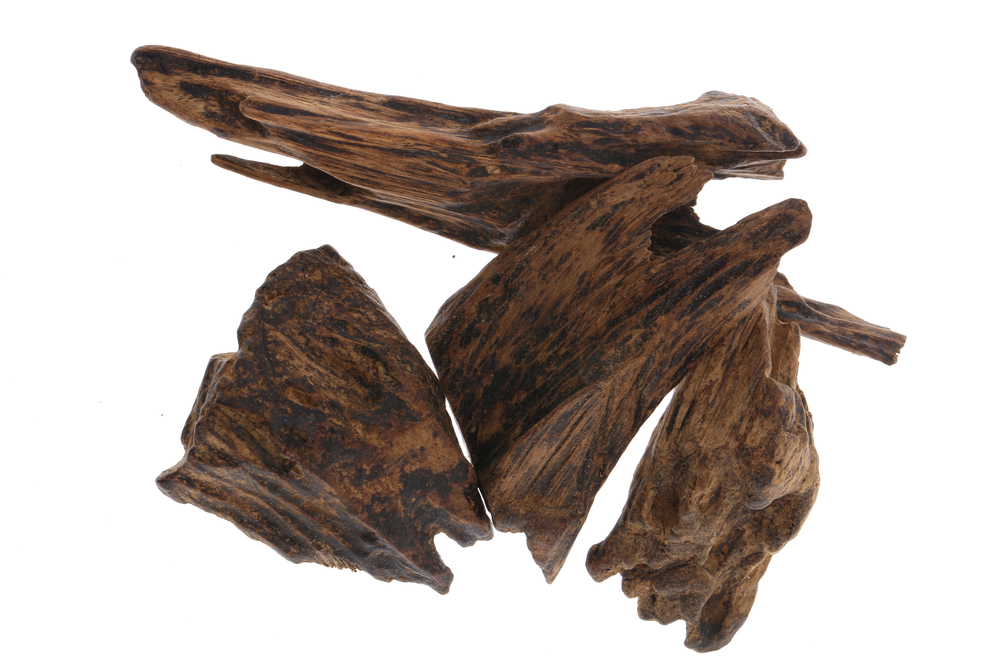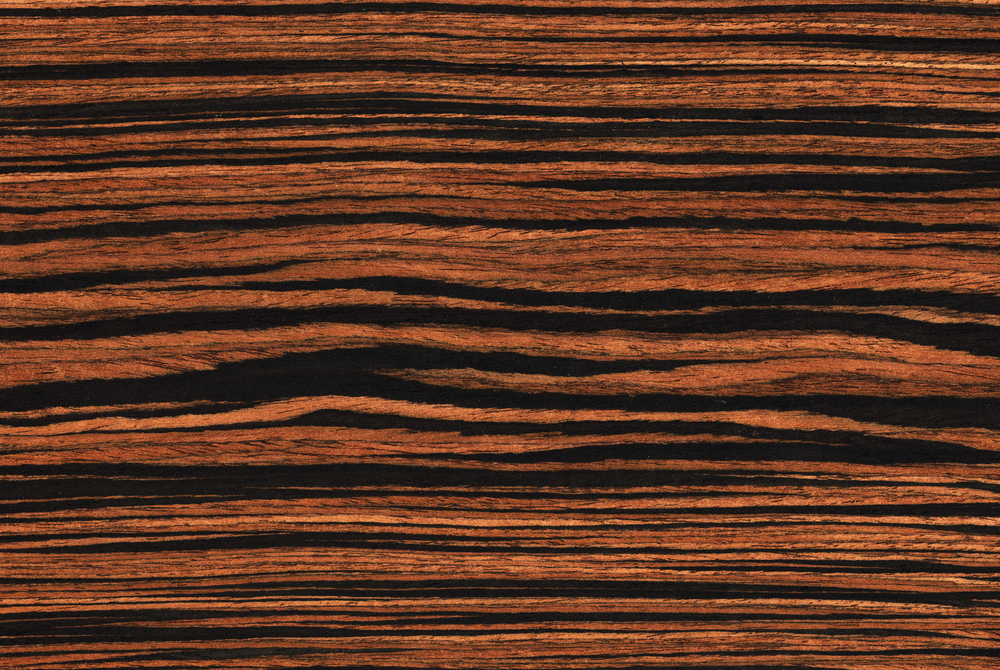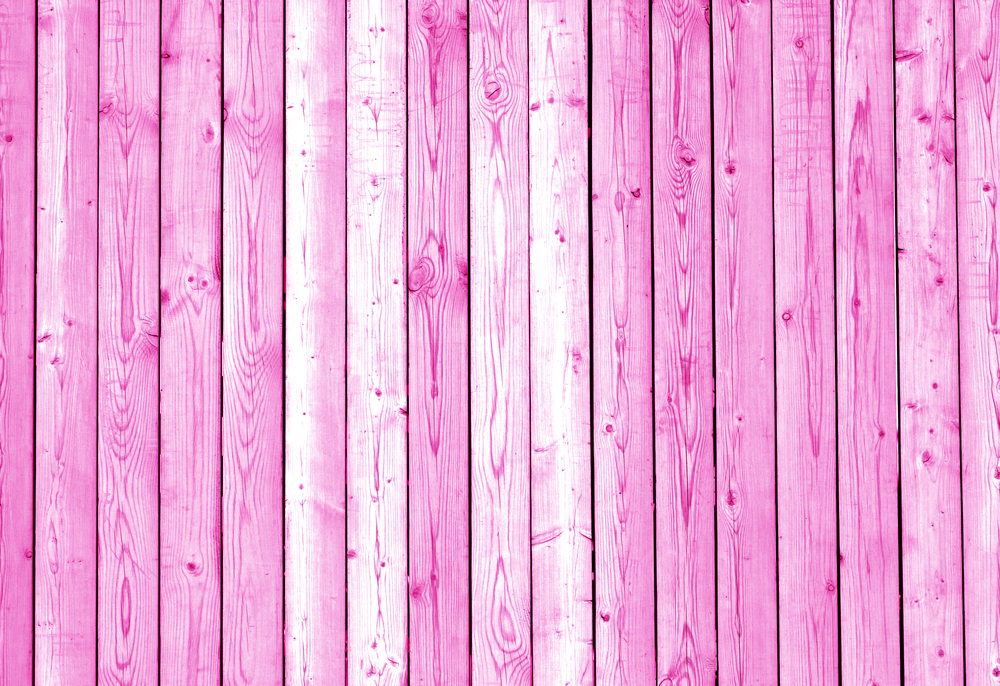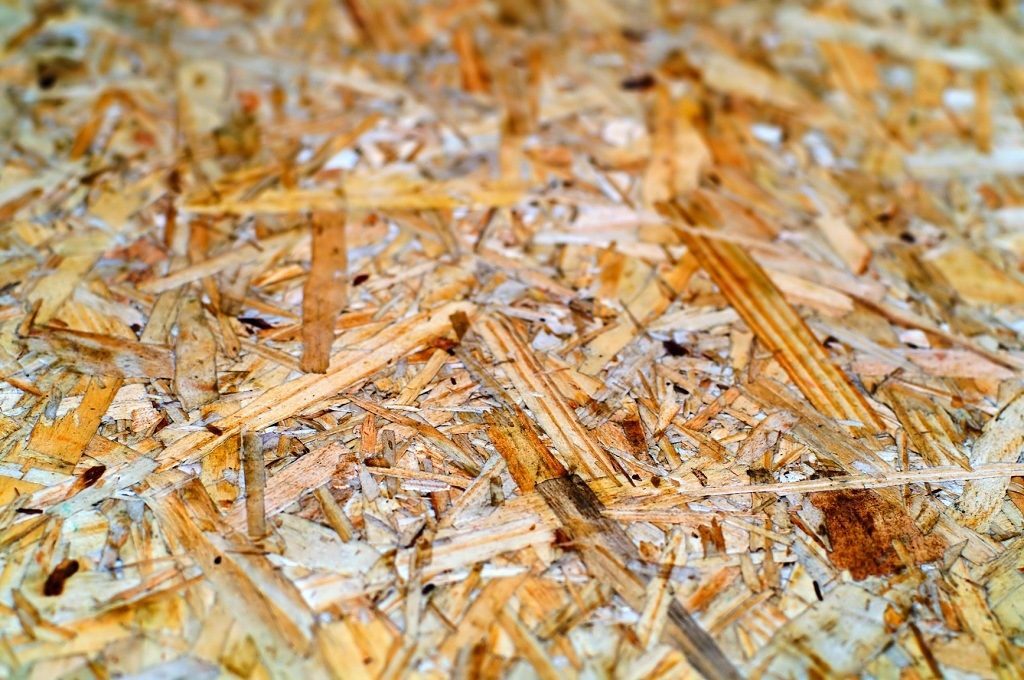Adding exotic woods to a project, either as an accent or as the primary wood used, is enjoyable, making that project unique. When properly used as an accent, it can add incredible beauty without much cost. Even these expensive woods, when used in small quantities as accents, actually aren’t costly. On the other hand, if we were to do an entire project out of them, we might have to empty our bank account.
Due to budgetary constraints, I have used less expensive wood for my projects. However, that has changed recently, as I’ve been using more exotic woods as accents. However, I haven’t ventured beyond the selection of common hardwoods for the significant components of my work.
One way to get more mileage out of these costly woods is to use wood veneers. Wood veneers allow the same amount of board feet of lumber to be used to create many pieces of furniture rather than just one or two. At the same time, they also allow us to take advantage of some unusual woods, such as birdseye maple, which only shows up in veneers, and burls, which are usually too small for anything but turnings and flooring.
Unfortunately, the general attitude towards black wood veneer is negative today due to vinyl “veneer” covering so much inexpensive particle board furniture. But in reality, wood veneer has been used for centuries and is found on many high-quality, upscale pieces of furniture, both today and in the past.
Many costly woods or veneers, even in remote areas, are imported worldwide, increasing prices. Homegrown hardwoods are generally considerably cheaper, making them much more accessible to the world of the average woodworker. That’s why we see so many projects made of oak, cherry, walnut, and maple.
What Makes Most Expensive Wood Valuable
- Rarity and availability – Some woods are more challenging to find and harvest, making them more expensive.
- Quality and durability – Woods with unique characteristics, such as high density and durability, are highly prized.
- Aesthetic appeal and demand—Woods with distinctive grains, colors, and aromas are in high demand, increasing prices.
The Most Expensive Woods In The World
Most expensive woods are often prized for their rarity, unique characteristics, and high demand in specialized industries such as luxury furniture, musical instruments, and art. These woods are a testament to the allure and prestige associated with expensive wood.
Here are some of the most expensive woods:
- Agarwood: Also known as oud, agarwood is valued primarily for its fragrant heartwood, which is used in perfumery and incense. Its rarity and unique aroma contribute to its high kilogram price. Agarwood is typically sold by weight, and high-quality agarwood can fetch prices ranging from $10,000 to $50,000 per kilogram or even more.
- Ebony: Ebony wood, particularly the pure black heartwood from species like Gabon Ebony (Diospyros crassiflora), is highly valued for its dense, dark color and fine grain. It is used in high-end furniture, musical instruments, and ornamental items. Prices for ebony can range from $100 to $500 per board foot (12″ x 12″ x 1″), with exceptionally high-quality pieces or rare varieties fetching even higher prices.
- Pink Ivory: Wood is scarce and prized for its distinctive pink color. It is used in fine woodworking and crafting luxury items, commanding high prices due to its scarcity and unique appearance. As of recent data, wood can range from $25 to $100 per board foot.
- African Blackwood: Known for its dense, dark-colored heartwood, it is highly sought after for making musical instruments like clarinets and oboes. Its exceptional hardness and durability contribute to its high price. Prices can vary widely depending on factors such as quality, size, and availability. Still, according to recent data, you can expect to pay anywhere from $100 to $300 per board foot for high-quality.
Agarwood Wood

Agarwood, or oud, is a highly valued, most expensive, and aromatic wood renowned for its distinctive fragrance and rarity. Here are the key points to note about agarwood:
- Formation: Agarwood is not a specific species of tree but rather the result of a reaction to fungal and bacterial infections in certain species of trees belonging to the genus Aquilaria (and sometimes Gyrinops). When these trees are infected, they produce a resinous heartwood as a defense mechanism, which eventually becomes agarwood.
- Distribution: Agarwood-producing trees are predominantly found in Southeast Asia, including India, Bangladesh, Thailand, Vietnam, Cambodia, Indonesia, and Malaysia. The species is typically found in tropical and subtropical forests.
- Aroma and Characteristics: Agarwood’s aroma is complex and highly prized. It is rich, woody, and deeply resinous, with hints of earthiness, spice, and sometimes fruitiness. The scent develops and matures with age, making aged agarwood even more valuable.
- Uses: Agarwood is primarily used in perfumery, where it is a key ingredient in luxury perfumes and incense. Its fragrance is also appreciated in traditional medicine and spiritual practices across Asia. Additionally, agarwood is carved into beads, decorative items, and small religious artifacts.
- Grades and Value: Agarwood is graded based on the quality and intensity of its aroma, resin content, and wood color. The highest grades of agarwood, particularly those from older and more resin-saturated trees, can command exorbitant prices in the international market. It is often called “liquid gold” due to its high value per kilogram.
- Conservation and Sustainability: Many agarwood-producing species are now endangered or threatened due to overharvesting and illegal logging. Conservation efforts and sustainable harvesting practices are critical to ensure the long-term survival of these species.
- Cultural Significance: Agarwood has a long history of use in various cultures and religions, including Buddhism, Hinduism, and Islam. It is used in ceremonies, rituals, and traditional medicines across Asia, reflecting its cultural and spiritual significance.
Ebony Wood

Ebony wood is highly valued for its dense, dark heartwood and is renowned for its beauty and durability.
- Origin and Characteristics: Ebony typically refers to several species within the Diospyros genus, with the most well-known being African Ebony (Diospyros crassiflora) and Asian Ebony (Diospyros spp.). Ebony heartwood ranges from deep black to dark brown, with a fine, even texture. When polished, it has a smooth, lustrous surface.
- Uses: Musical Instruments: Due to its dense and stable nature, ebony is highly favored in constructing musical instruments, especially fingerboards, bridges, and keys.
- Furniture: It’s used in high-end furniture for decorative accents, inlays, and veneers.
- Turnery: Due to its fine grain and polishability, woodturners prize ebony for creating ornamental objects and artistic pieces.
- Art and Crafts: It’s also used in small decorative items, such as knife handles, jewelry, and sculptures.
- Availability: African Ebony is more widely available than Asian Ebony, though both types are valuable and have restricted harvesting due to conservation concerns.
- Conservation and Sustainability: Ebony species are listed on the CITES (Convention on International Trade in Endangered Species) appendices to regulate international trade and ensure sustainability. Harvesting practices are closely monitored to prevent overexploitation and protect ebony forests.
Ebony’s combination of aesthetic appeal, durability, and historical significance in craftsmanship contributes to its high value in the woodworking and musical instrument industries.
Pink Ivory Wood

- Origin and Rarity: Comes from the heartwood of the pink ivory tree (Berchemia zeyheri), native to southern Africa and mainly found in Zimbabwe, Mozambique, and South Africa. The tree itself is rare, and the pink-colored heartwood is even rarer, constituting a tiny percentage of the tree.
- Color and Appearance: True to its name, it is prized for its distinctive pink color, which ranges from a pale, almost salmon-like hue to a deeper rose color. The color tends to deepen and become richer with age and exposure to light.
- Density and Hardness: Known for its density and hardness, it is durable and suitable for fine woodworking projects. It has a fine texture with a natural luster.
- Historical and Cultural Significance: Wood is culturally significant in southern Africa and has traditionally been used to make ceremonial objects, musical instruments, and delicate carvings. Its rarity and cultural value contribute to its high price in the market.
- Demand and Market Price: Due to its scarcity and difficulty sourcing sustainable wood, it commands exceptionally high prices in the global market. It is sought after by luxury furniture makers, instrument craftsmen, and collectors who appreciate its unique color and properties.
- Conservation Concerns: Because of its rarity and high demand, it has faced conservation challenges. Illegal logging and unsustainable harvesting have threatened the species in its native habitat, prompting conservation efforts and regulations to protect remaining populations.
Overall, it is prized not only for its aesthetic appeal and durability but also for its cultural significance and rarity, making it one of the world’s most coveted and expensive woods.
African Blackwood

African blackwood (Dalbergia melanoxylon) is another highly prized, rare, and expensive wood often considered among the top contenders regarding rarity and cost. Here’s an overview of African blackwood:
- Origin and Distribution: African blackwood is native to various African countries, including Tanzania, Mozambique, and Kenya. It grows in dry, tropical regions and is known for its dark, almost black coloration.
- Color and Appearance: The heartwood ranges from deep purplish-brown to jet-black, with occasional dark streaks. It has a fine, even texture and a natural luster when polished.
- Density and Hardness: Exceptionally dense and complex, which makes it highly durable and resistant to wear. It is one of the hardest and densest woods available, making it suitable for fine woodworking, musical instruments, and woodturning.
- Uses: Due to its acoustic properties and stability, it has traditionally been used to make high-end musical instruments such as clarinets, oboes, and bagpipes. It also crafts decorative items, fine furniture, and turned objects.
- Market Price: Highly valued globally, commanding high prices due to its rarity, density, and difficulty sourcing sustainable timber. The cost per board foot (volume measurement) can be comparable to or exceed that of pink ivory.
- Conservation Concerns: Like pink ivory, African blackwood faces conservation challenges due to overharvesting and illegal logging. Sustainable harvesting practices and conservation efforts are crucial to ensuring the species’ long-term survival.
- Regulations and Trade: International regulations such as CITES (Convention on International Trade in Endangered Species of Wild Fauna and Flora) govern the trade of African blackwood to prevent unsustainable exploitation and ensure its conservation.
African blackwood is prized for its deep color, aesthetic appeal, and exceptional hardness and durability, making it a preferred choice for high-quality woodworking projects and musical instruments. Its rarity and the challenges in sustainable sourcing contribute to its status as one of the most expensive woods globally, often mentioned alongside pink ivory in discussions of high cost, luxury, and exotic wood and materials. African Blackwood is the most expensive wood in the world due to its rarity and difficulty to work with.
American Hardwoods
Compared to the woods listed above, American hardwoods are considerably less expensive. Part of that is due to the ready supply of these woods, with none of them nearing extinction. Another part is that they don’t have to be shipped from overseas, which is an expensive operation. While we may not find the same wild grain patterns on these domestic hardwoods as some of those mentioned above, they still make beautiful furniture. Adding in the others as accents can only improve how our native hardwoods look.
When we talk about native American hardwoods, we normally mean walnut, oak, cherry, maple, basswood, and ash. While these are not the only hardwoods that grow on American soil, they are the most commonly available. However, those who have land and a sawmill can harvest other types of wood, converting them to boards for a variety of projects.
Conclusion:
The choice of expensive woodworking wood reflects a desire for exceptional quality, unique aesthetics, and a connection to craftsmanship traditions prioritizing beauty and longevity.



